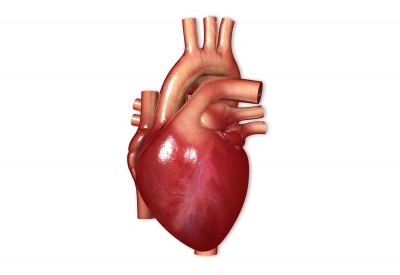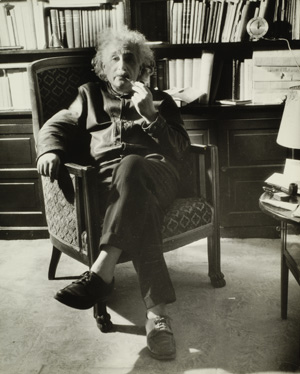
Achoo! It’s the common cold.
- The ‘common cold’ is also called ‘nasopharyngitis’, ‘rhinopharyngitis’, ‘cold’, ‘ upper respiratory tract infection’ and ‘acute coryza’ and was discovered in 1950s, in the United Kingdom.
- Common colds are multiple viruses that infect the upper respiratory functions, from the throat and up to, and in particular, the nose.
- The rhinovirus is the most frequent cause of common colds, however there are 200 viruses that can cause the same or similar symptoms.
- Common colds have symptoms, that are generally a reaction of the human body immune system, that includes coughs, sore throat, sneezing, runny nose and fevers, which is similar to influenza, the flu.
- Common colds are generally gone 7 to 10 days later, but sometime it can take up to three weeks to be rid of the symptoms.
Cold
Image courtesy of David Castillo Dominici/Free Digital Photos
- Although there is not any specific prevention against common colds, they can be avoided by thoroughly washing hands and staying away from others with the symptoms, and it is said that the common belief of consuming extra vitamins to prevent a cold is ineffective.
- Common colds can not be treated, not even by antibiotics, although pain or symptom severity can be relieved by various means.
- Common colds are the most common disease, as every year an adult has on average 2 to 5 colds and a child has 6 to 12 colds.
- ‘Common colds’ are named ‘colds’ due to old folk theories that believed ‘colds are transferred in cold weather’, which is not true, although colds are most common in winter.
- In the United States alone, it is estimated that more than $10.6 billion is spent on the treatment and health services for the common cold every year.
Bibliography:
Cold, 2011, Better Health Channel, <http://www.betterhealth.vic.gov.au/bhcv2/bhcarticles.nsf/pages/colds_explained?open>
Common Cold, 2013, Wikipedia, <http://en.wikipedia.org/wiki/Common_cold>
























